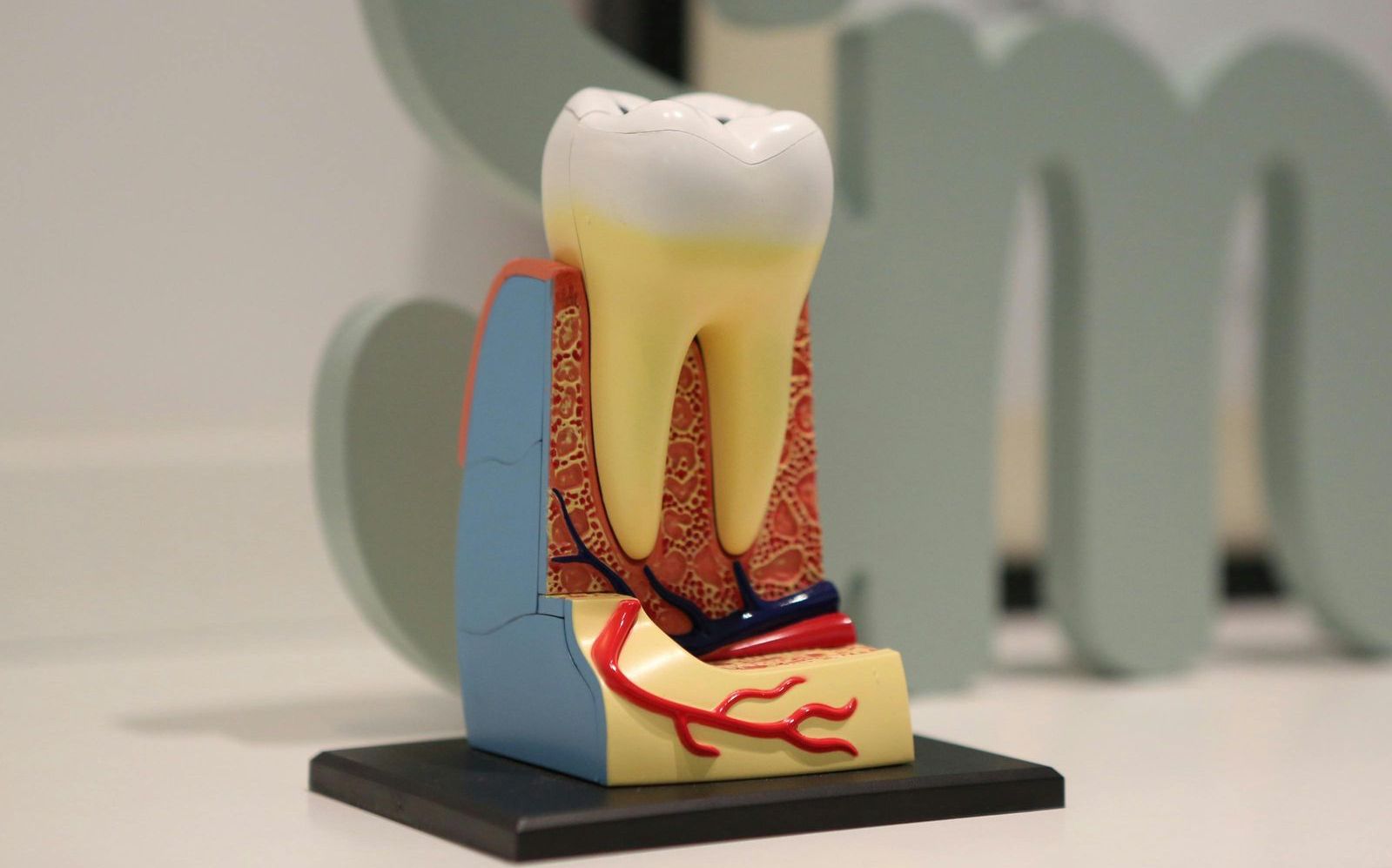Sleep Apnea: The Silent Threat to Your Health
In recent years, sleep apnea has become a highly discussed topic in the medical community. With the growing body of evidence showing its potential long-term effects and life-threatening risks, sleep apnea is a condition that more people need to be aware of.

This common but often undiagnosed disorder refers to a range of sleep-related conditions where the body’s ability to receive adequate oxygen during sleep is impaired. This can occur due to a blockage in the airway or a failure in the brain’s signaling to breathe properly. There are three main types of sleep apnea: obstructive sleep apnea, central sleep apnea, and complex sleep apnea.
Types of Sleep Apnea
- Obstructive Sleep Apnea (OSA)
is the most prevalent form of sleep apnea, accounting for a significant percentage of cases. This type occurs when there is a physical obstruction or restriction in the airway, which may be partial or complete. The blockage prevents the free flow of air into the lungs, resulting in breathing interruptions throughout the night. These disruptions, known as apneas, can last for several seconds or even minutes, depriving the brain of oxygen and causing the individual to wake up temporarily to reopen the airway. While the person may not remember waking up, the fragmented sleep severely impacts their ability to reach deep, restorative stages of sleep, particularly REM (rapid eye movement) sleep.
- Central Sleep Apnea is a rarer form, and it occurs when the brain fails to send the proper signals to the muscles responsible for breathing. Unlike OSA, where the airway is blocked, central sleep apnea is a result of the brain’s inability to detect low oxygen levels and activate the respiratory muscles. This can lead to irregular breathing patterns and intermittent periods of apnea during sleep.
- Complex Sleep Apnea is a combination of both obstructive and central sleep apnea. Individuals with complex sleep apnea experience both a blocked airway and a failure in brain signaling, making their condition more complicated to diagnose and treat.
Prevalence and Risk Factors
It is estimated that at least 25% of the population may have some form of sleep apnea, with Obstructive Sleep Apnea (OSA) being the most common. This form of sleep apnea can be triggered or worsened by various factors such as aging, obesity, smoking, and nasal congestion. In addition, enlarged tonsils or adenoids, a narrow dental arch, tongue tie, and a deviated septum can also contribute to airway restriction. When these factors combine, they reduce the space in the upper airway, leading to apneic events and disrupted sleep.
Obstructive Sleep Apnea is particularly concerning because it not only deprives the brain of vital oxygen, but it also causes intermittent arousals throughout the night, which can severely hinder the body’s ability to enter restorative sleep cycles. As a result, people suffering from OSA may experience chronic fatigue and other health issues, including high blood pressure, heart disease, stroke, type 2 diabetes, and a significantly shortened lifespan.
Common Symptoms of Sleep Apnea
Recognizing the symptoms of sleep apnea is crucial for early detection and treatment. Many people with sleep apnea are unaware of the severity of their condition, as the most disruptive events occur during sleep. However, there are several common symptoms that can indicate the presence of sleep apnea. If you or someone you know experiences any of the following, it’s important to consult with a healthcare provider for a proper diagnosis:
- Loud Snoring:
One of the most recognizable symptoms of obstructive sleep apnea is loud, persistent snoring. This occurs when the airway becomes partially blocked, causing vibrations in the throat tissues. While not everyone who snores has sleep apnea, loud snoring is often a red flag, especially if it is followed by periods of silence or gasping.
- Pauses in Breathing: People with sleep apnea often experience pauses in their breathing while asleep. These pauses can last for several seconds or even minutes and are followed by gasps or choking sounds as the body attempts to restart breathing. These interruptions may not always be noticed by the person experiencing them but are often observed by a bed partner.
- Excessive Daytime Fatigue:
Due to the frequent interruptions in sleep caused by breathing pauses, individuals with sleep apnea often feel excessively tired during the day, even after what seems like a full night’s rest. This persistent fatigue can affect concentration, memory, and overall cognitive function.
- Morning Headaches:
Waking up with a headache is another common symptom of sleep apnea. The lack of oxygen during sleep can lead to changes in blood pressure and carbon dioxide levels in the blood, contributing to morning headaches.
- Difficulty Staying Asleep: People with sleep apnea may have trouble staying asleep due to the frequent waking episodes caused by apneas. This leads to fragmented sleep, making it difficult for the body to achieve restorative deep sleep stages.
- Dry Mouth or Sore Throat:
Waking up with a dry mouth or sore throat is common among those with sleep apnea, especially if they breathe through their mouth during sleep. The airflow restriction and dry environment can irritate the throat, leading to discomfort in the morning.
- Irritability or Mood Changes: Poor sleep quality and constant fatigue can lead to mood swings, irritability, or even depression. When the brain is deprived of essential restorative sleep, emotional regulation can be significantly affected.
- Difficulty Concentrating: Chronic sleep deprivation from sleep apnea can impair focus, memory, and overall cognitive function. This can make everyday tasks, like work or driving, more challenging and potentially dangerous.
- Frequent Nighttime Urination (Nocturia): Some individuals with sleep apnea may experience the urge to urinate frequently during the night, known as nocturia. This can disrupt sleep further and may be related to changes in hormone levels or increased stress on the cardiovascular system caused by apneic events.
Potential Health Consequences
When left untreated, sleep apnea can cause a wide range of serious long-term health complications. Studies have linked untreated OSA to a higher risk of cardiovascular diseases, including hypertension, heart attack, and stroke. Furthermore, sleep deprivation due to disrupted breathing can weaken the immune system, affect cognitive function, and contribute to mental health conditions such as depression and anxiety. The lack of oxygen during sleep can also exacerbate existing conditions like diabetes, making it more difficult to manage blood sugar levels effectively.
Treatment Options
Fortunately, sleep apnea is a treatable condition, and there are various options available depending on the severity and cause of the disorder. Common treatments for obstructive sleep apnea include:
- Tonsil and adenoid removal: This may be recommended for individuals with enlarged tonsils or adenoids that are obstructing the airway.
- Laser tissue surgery: Used to remove excess tissue that might be blocking the airway.
- Orthodontics: For patients with a narrow dental arch, orthodontic treatments can help reposition the jaw and improve airflow.
- Sleep appliances: Devices such as mandibular advancement devices (MADs) can reposition the lower jaw to keep the airway open.
- CPAP therapy: The most widely used treatment for OSA, Continuous Positive Airway Pressure (CPAP) uses a machine to deliver a steady stream of air into the airway to keep it open during sleep.
- Tongue release surgery: For patients with tongue tie that may be restricting airflow, a tongue release procedure may be recommended.
- -Septal surgery: This is an option for those with a deviated septum contributing to airflow obstruction.
- Weight management:
Maintaining a healthy weight can significantly reduce the severity of sleep apnea, as excess weight can worsen airway restriction.
Each individual’s treatment plan will depend on the underlying cause of their sleep apnea. It’s essential to consult with your healthcare provider to determine the most appropriate course of action.
Diagnosis of Sleep Apnea
If you suspect you may have sleep apnea, the first step is to talk to your medical or dental provider. Diagnosis typically involves a sleep study, which can be done at home or in a sleep clinic. During the study, doctors monitor various factors such as oxygen levels, heart rate, and brain activity to assess the severity of the condition. Based on their findings, more imaging may be required to evaluate possible anatomical concerns. A diagnosis is crucial in determining the best treatment options.
Conclusion
Sleep apnea is a serious condition with potentially life-threatening consequences if left untreated. However, with proper diagnosis and treatment, individuals can improve their quality of life and reduce the risks associated with this sleep disorder. If you or someone you know is struggling with symptoms of sleep apnea—such as loud snoring, daytime fatigue, or difficulty concentrating—consulting with a healthcare provider is the first step toward finding relief. Don’t wait to ask about your risk today!
Copyright © Dr. Annie Mazure-Schmidt
Subscribe To Our Blog
We will get back to you as soon as possible.
Please try again later.






